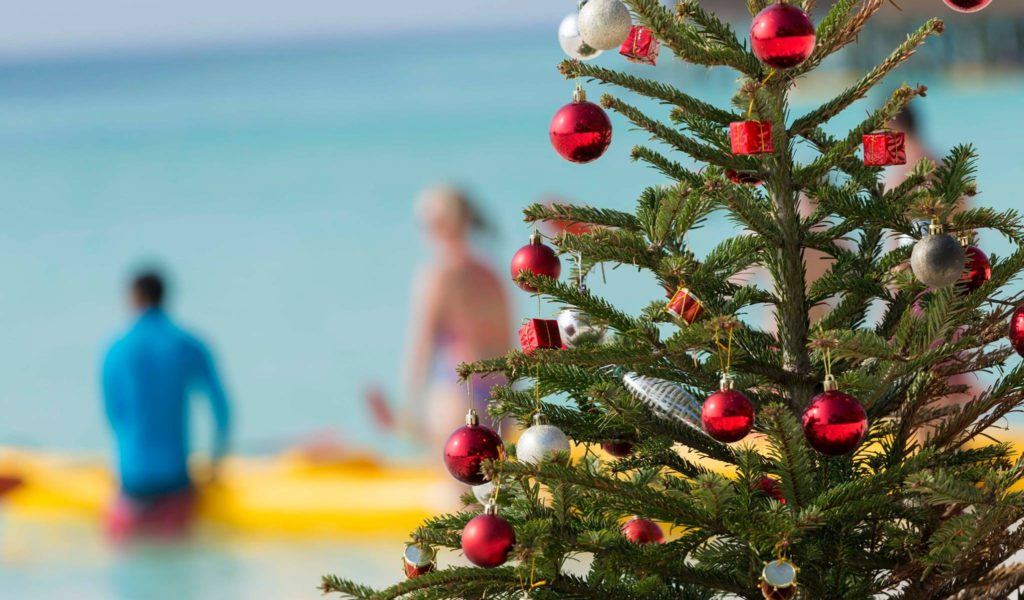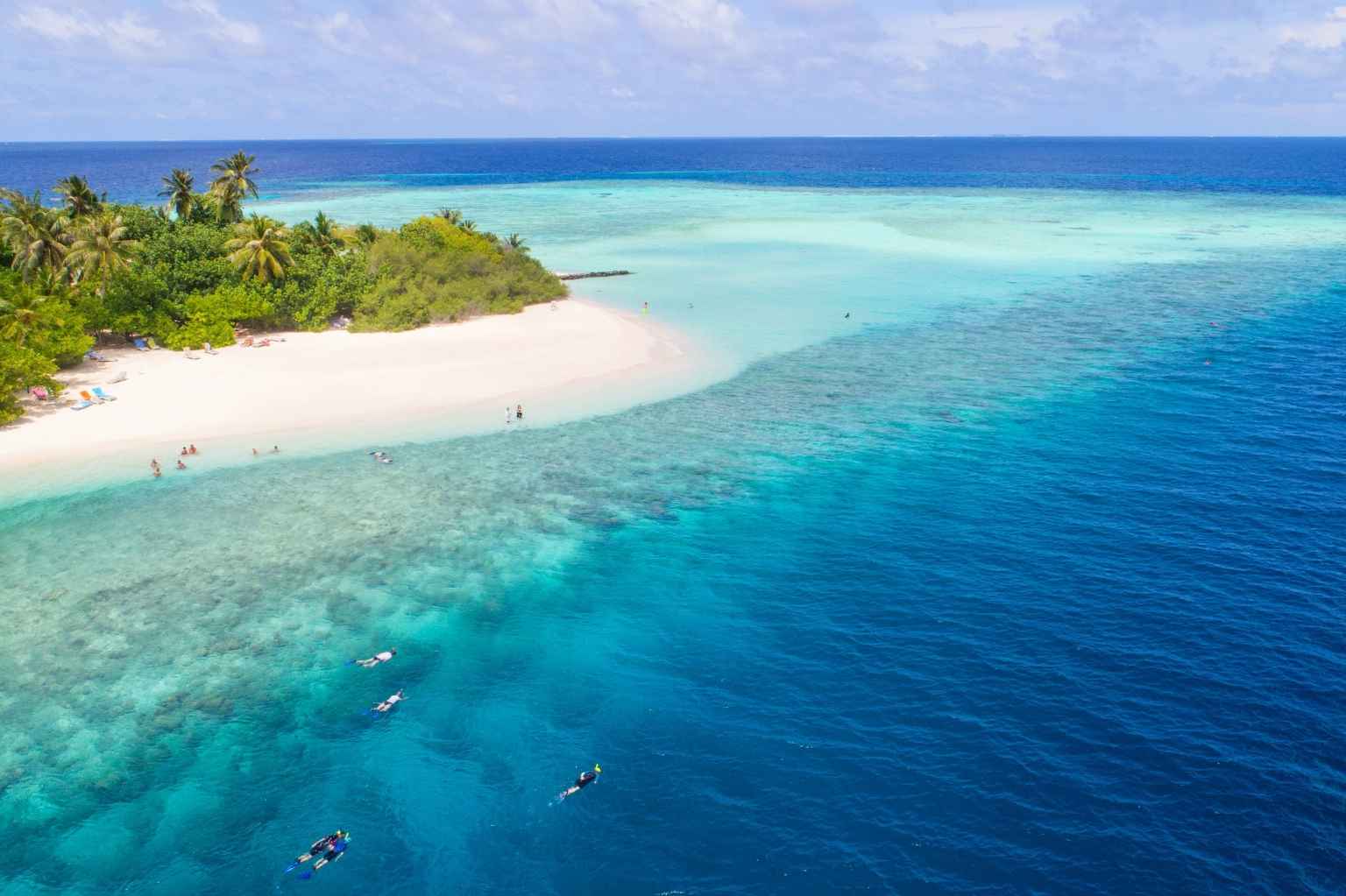Christmas is celebrated worldwide as a sacred religious holiday, as well as a cultural and commercial phenomenon. Predominantly celebrated by Christians, the holiday falls on 25th December. Some countries and cultures celebrate the holiday on differing dates over an extended period of time. However, they all have one thing in common. This highly anticipated holiday is often the main highlight of the year, along with the pompous New Years’ celebrations.
Origins of Christmas
In most parts of the world, winter has long been a time of celebration. According to History, early Europeans celebrated light and birth in the darkest winter days. Once the worst of the brutally cold winter passed, many would rejoice during the winter solstice as longer, sunnier days approached.
Though often associated with Christianity, most festive customs did not stem from a religious standpoint. It is widely believed that some elements of the holiday have pagan roots. Festive celebrations have continually evolved since the holiday’s origin. In the early days, it was celebrated in a carnival-like fashion with an abundance of food and alcohol. Nevertheless, it is now more family-oriented and child friendly.
The first Christmas celebration recorded in history was on 25 December, 336 AD. Christians mark the day as the birth of Christ, but the date of the nativity was a subject discussed extensively. The current date was chosen as it was the date of the winter solstice in the Roman calendar. It was also nine months after 25 March, the vernal equinox.
Unique Traditions Around the World
Christmas traditions and festive celebrations are extremely diverse. There are some key traits such as light, evergreens, and feasting with family. The modern Christmas is a result of secular and religious traditions from across the globe, a majority being associated with the winter solstice.
Germany
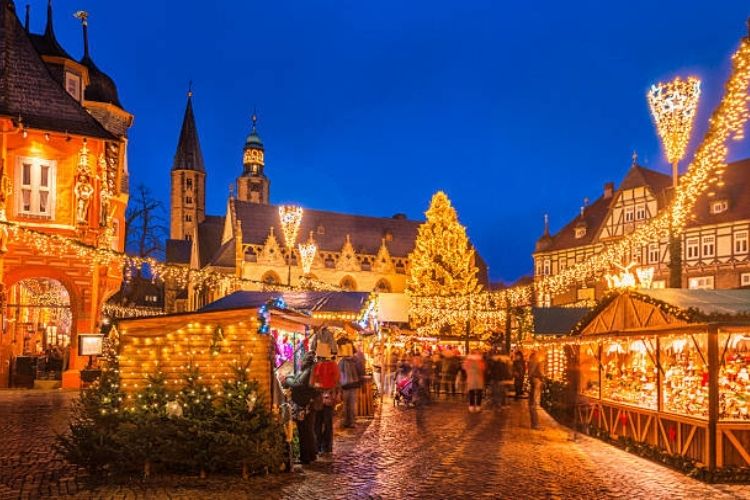
One of the most famous and beloved German traditions are Christmas markets. Numerous markets span across the country. Each of these caters to different needs. The festive season in Germany kicks off with the Advent celebrations in late November or early December. The markets stay open throughout this period. They sell German favourites like Christmas stollen (traditional cake with raisins), sticky sweet roasted almonds, gingerbread hearts, and other sweets.
Colombia
The festive season begins on 07 December in Colombia. Windows, balconies and front yards across the country glow with candlelight. The day is fittingly named Little Candles’ Day, with the streets swathed in the warm light of candles and beautifully decorated paper lanterns.
Austria
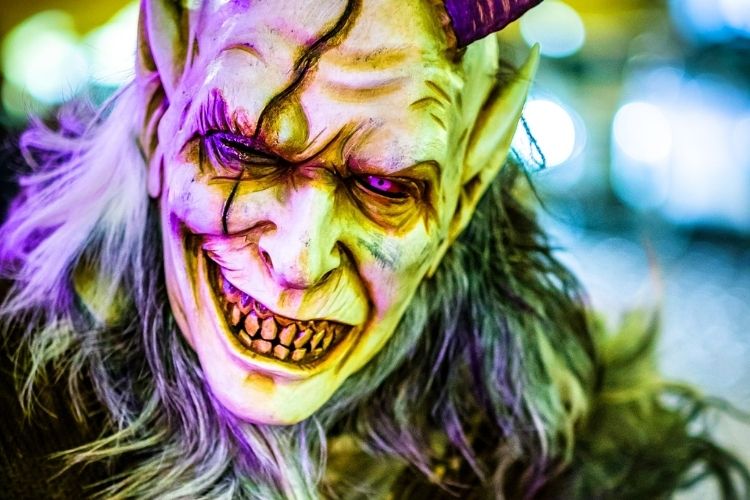
During the month of December, a ghastly creature called Krampus roams the streets. It is said to be the evil counterpart of Santa. While Santa, or St Nicholas, distributed gifts to the good kids, Krampus punished the naughty ones; scaring children and adults alike with its terrifying appearance. Although dozens of Krampus festivals pop up within the country, the main event is the Krampus Parade. Keeping this spooky tradition alive are figures dressed in dreadful costumes, wandering about the streets, pulling frightening pranks. This thrill-fest is one of the most spirited in Europe.
South Africa
Families gather to decorate the traditional Christmas tree, then come together for a cookout. Sumptuous marinated steaks are grilled to perfection, served with boerewors sausages. The boerewors sausage that originated in South Africa is a mixture of beef, lamb and pork. Afterwards, they settle down with some malva pudding, a customary holiday dessert.
Finland
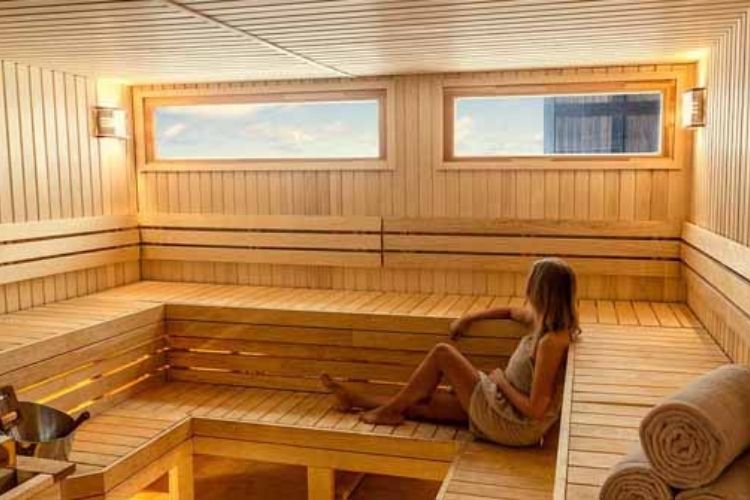
Christmas sauna is a longstanding tradition in Finland. Nearly every household has its own sauna where they wash and purify their bodies in preparation for the gnomes, elves and spirits of the dead who also visit the saunas after sunset. Though not invented in Finland, the sauna is a major part of Finnish culture.
Philippines
The city of San Fernando is known as the Philippines’ Christmas Capital. San Fernando goes all out on decorations with the Ligligan Parul, or Giant Lantern Festival. The parade features stunning lanterns with thousands of spinning lights. These lanterns light up the night sky as the people rejoice.
How Christmas is Celebrated in the Maldives

Despite the obvious absence of snow, you can absolutely have a white Christmas in the Maldives. The pearly white sands are the perfect substitute for snow as you can make as many snow angels as you wish without freezing. Leading up to Christmas, resorts offer a plethora of activities to get you into the festive spirit. No matter where you stay in the country during the festive season, it is sure to be an unforgettable experience.
You wake up to the chirping of tropical birds, engage in some yoga, and enjoy your tropical island paradise. While you await Santa’s arrival, indulge in your holiday comfort foods and grab a cocktail as you take in every sunset. Santa Claus may arrive on a jetski or a ‘bokkura’, a traditional Maldivian rowing boat, on Christmas Day. The grand gala dinners are surely something to look forward to, a feast with all the fixings. And of course, the celebrations do not end there. They continue on to New Year, and then up until Orthodox Christmas.


